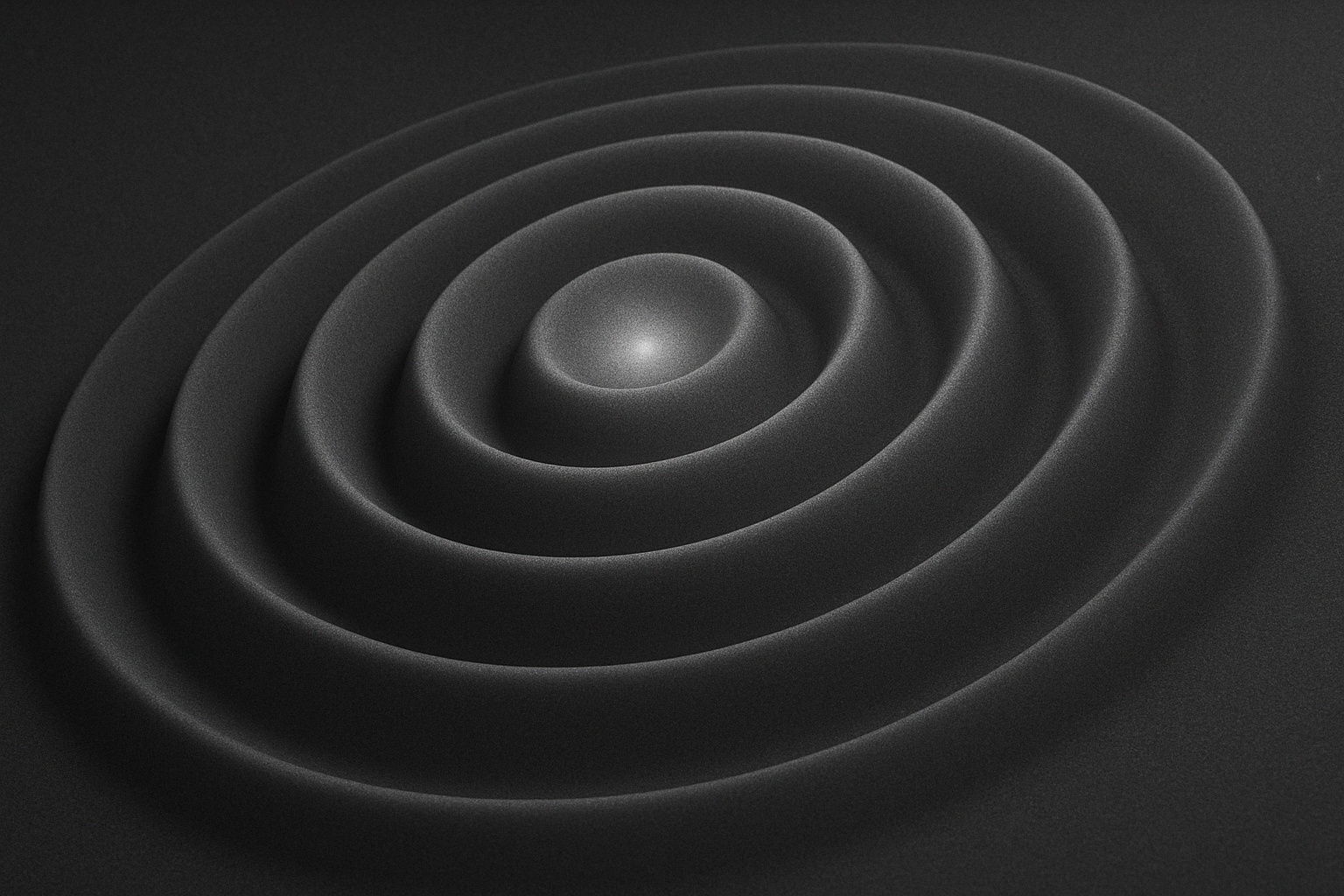A brief history of “modern” cancer treatment:
Since the introduction of chemo and radiation therapy in years 1943 and 1901 respectively, these two most common courses of treatment have had virtually no improvements in effectiveness or patient safety.
The adverse effects of these two treatment courses always outweigh their benefits. These adverse reactions can be summarized to prolonged and increased pain and suffering, mutation of the cancerous cells rendering future courses ineffective, and mortality rates higher than cancer itself.
Availability of treatment has also been heavily reliant on a patient’s financial resources, as well as early diagnosis of the disease, leaving those in lower socio-economic classes, or just late to diagnosis in the mercy of a cruel disease.

Chemotherapy, one of the most common cancer treatment options on the market, saturates the patients’ bodies with radioactive isotopes, reducing the patients’ internal ability to combat diseases. The blanket targeting performed by chemotherapy creates a myriad of issues such as Ineffective Targeting, development of Treatment Resistance, Tumor Microenvironment Adaptability, and Limited Treatment Options in the future.
Chemotherapy treatment courses offer lower effectiveness and survival rates as the cancer develops farther. The ineffective targeting of chemotherapy via saturation also causes major and often times irreversible damage to internal organs and systems. One of the major victims of chemotherapy is the patient’s’ immune system that is destroyed via the first few treatment cycles.
Treatment resistance and adaptability are the leading cause of death in recurrent cancer patients. Due to a constantly evolving genetic code, the cancerous cells, whether cured or in remission, adapt and evolve to withstand the previous treatment courses. In this crossroads, a patient has only two choices:
1. Take a gamble and receive a higher dose, living the rest of his/her life in agony in hopes of treating the cancer
2. Live the rest of his/her life in anguish, dying in the hands of cancer
With neither of the two options being viable, patients take refuge in dangerous and risky methods in hopes of becoming a free human once again – often quickening the inevitable.
One of the most effective treatment courses is the physical removal of a cancerous tumor. With many benign tumors, surgical removal has proven to be a sudo cure for that specific cancer type. Although this physical process is an amazing treatment course, it is not readily available based on the socio-economic resources of the patient, as well as the location of the cancerous tumor.
In order to combat the disparity of resources, as well as the lack of availability due to location of the tumor, our team of oncologists has partnered with our team of physicists to develop a physical treatment for late stage, metastasized cancers, or tumors that are too close to vital organs.
Via the utilization of a dual-modality approach, we have used a synergistic combination of nanoparticles and photothermal agents delivered into the tumor only, and then activated via our proprietary synced magnetic and electric field beds.
Our oncologists have estimated that once our treatment is publically available, patients can receive effective treatments weekly, and be able to afford to pay for their treatment courses with their take home pay. This revolutionary availability is our teams’ mission to provide not only hope, but also an anguish free life for all those suffering from late stage cancers.